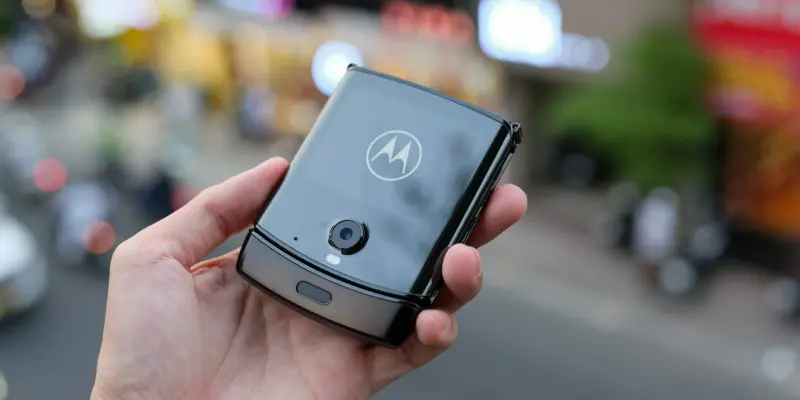The Motorola Razr 60 Ultra, Motorola’s latest premium foldable phone, has made its appearance on Geekbench prior to its official release, showcasing significant upgrades in hardware compared to its predecessor, the Razr 50 Ultra. With the new model, Motorola aims to challenge the upcoming Galaxy Z Flip7, highlighting its enhanced features and improved performance metrics. Powered by an octa-core Snapdragon 8 Elite chipset, the Razr 60 Ultra stands out among foldables, outperforming competitors like the Oppo Find N5, which utilizes a seven-core version of the same chipset. The multi-core test results reflect this disparity, with the Razr 60 Ultra achieving an impressive 8,840 points, surpassing the Oppo Find N5’s score of 8,200 points. Alongside this processing power, the device is equipped with a substantial 16 GB of RAM, running on Android 15, marking a considerable upgrade from the Razr 50 Ultra’s maximum 12 GB of RAM.
A Competitive Edge in Foldable Phones
These enhancements represent a significant leap forward in both performance and user experience for Motorola’s latest release. The increased memory capacity and powerful chipset provide a clear advantage in managing demanding applications and multitasking, solidifying the Razr 60 Ultra as a strong contender in the foldable phone market. The device’s appearance on Geekbench underscores its capabilities, and the imminent launch continues Motorola’s legacy of innovative clamshell-style foldable flagships. The brand has consistently delivered unique design elements that differentiate its products in a crowded market, and the Razr 60 Ultra is no exception. In summary, the Motorola Razr 60 Ultra offers significant upgrades in processing power and memory capacity. The transition to a Snapdragon 8 Elite chipset and the inclusion of 16 GB of RAM are key differences that set this model apart from both its predecessor and competitors. As the Razr 60 Ultra nears release, it reinforces Motorola’s commitment to delivering high-performance, visually appealing foldable smartphones that meet the evolving needs of tech-savvy consumers. These enhancements promise not only competitive performance but also an improved user experience, aligning with Motorola’s tradition of excellence in mobile innovation.

